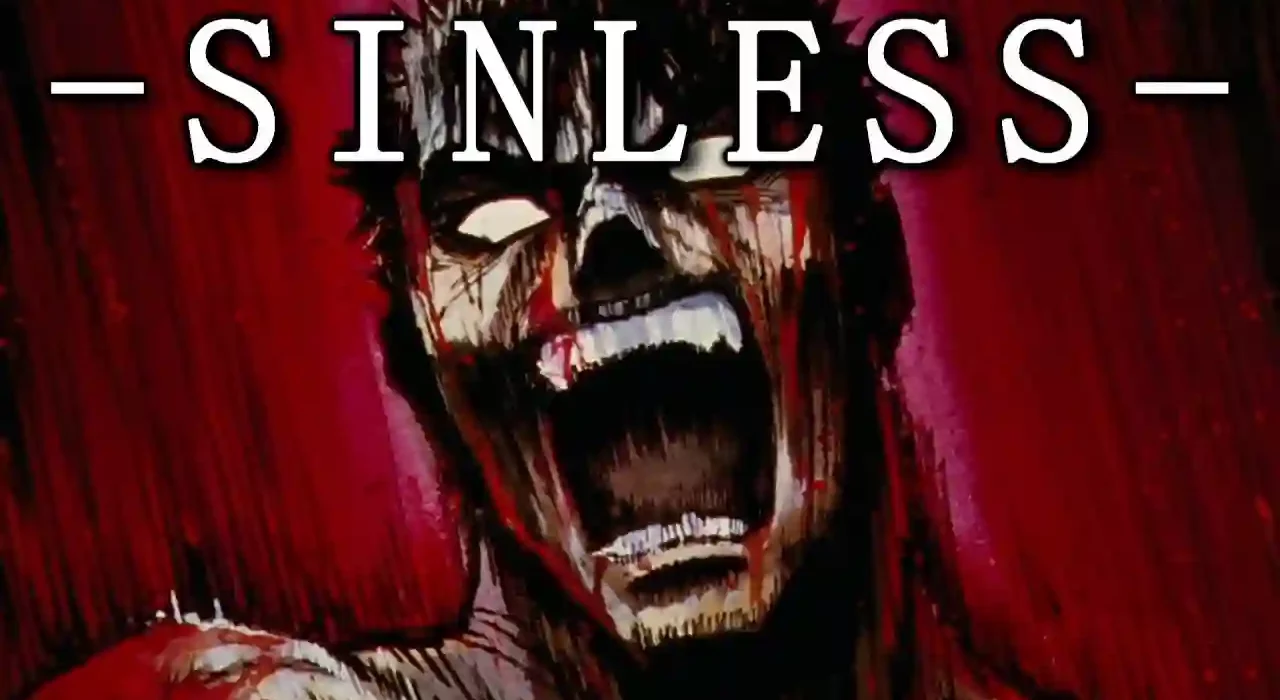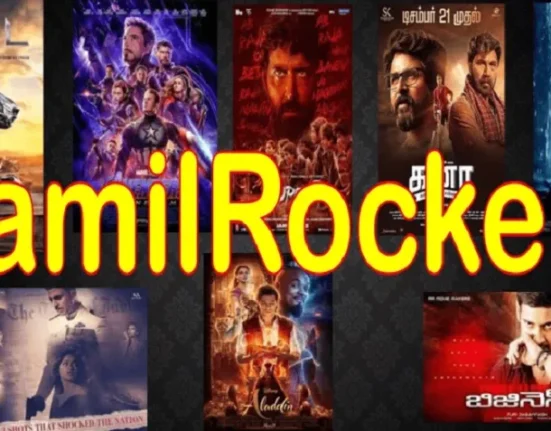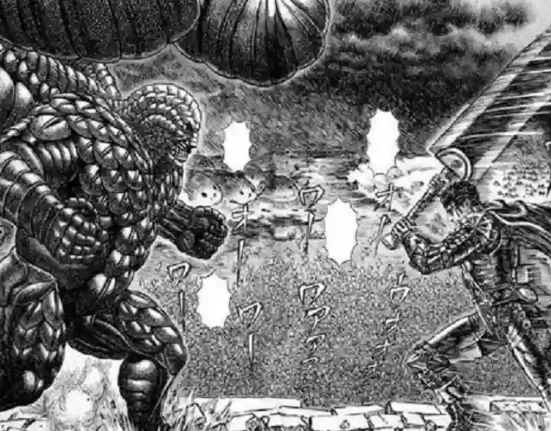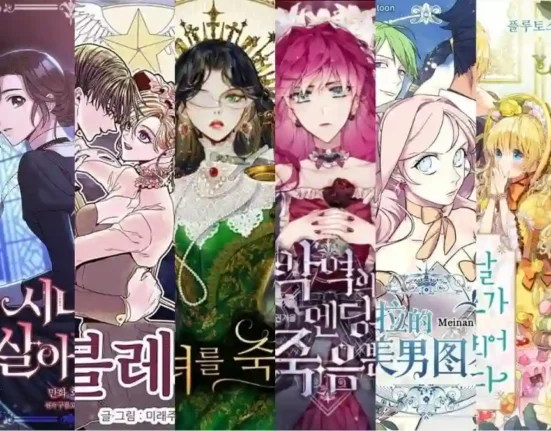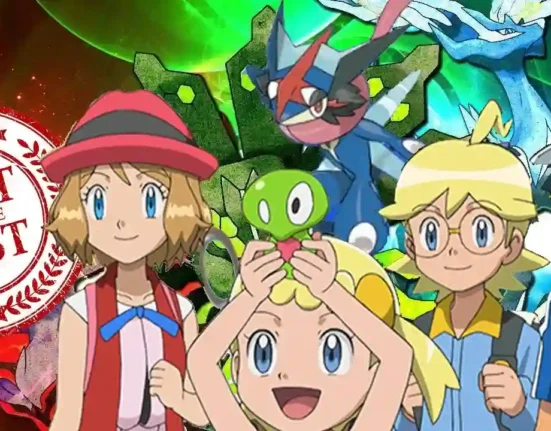Berserk, Kentaro Miura’s masterwork, transcends the boundaries of conventional dark fantasy by delving into profound critiques of religion and the concept of godhood. The series intricately weaves themes of faith, corruption, and the consequences of unchecked religious power into its narrative fabric. In this exploration, we dissect Berserk’s critical examination of religion and the perilous pursuit of godhood.
The Holy See and the Theocratic Stranglehold:
Berserk introduces the Holy See, a powerful religious institution reminiscent of medieval Christianity, as a central authority in the series. The Holy See wields immense influence, and its members, including the corrupt Bishop Mozgus, symbolize the dangers of unchecked religious power. Miura paints a vivid picture of a theocracy where faith is exploited for personal gain and where the pursuit of godliness becomes a perilous path.
Through the Holy See, Berserk scrutinizes the potential for corruption within religious institutions. The fervent faith of the masses is manipulated by those in positions of authority, creating a narrative that critiques the dangers of blind obedience and the abuse of spiritual trust. The series challenges readers to question the motives behind religious figures and institutions, inviting them to consider the consequences when faith is exploited for personal and political gain.
The God Hand: Transcending the Divine:
At the heart of Berserk’s critique of godhood is the enigmatic God Hand—a group of supernatural beings with godlike powers. Led by the mysterious Void, the God Hand represents a subversion of traditional divine entities. Rather than benevolent deities, the God Hand embodies malevolence, chaos, and the capricious nature of cosmic forces.
The God Hand’s role in manipulating the course of destiny and influencing the mortal realm serves as a scathing commentary on the concept of divine providence. Berserk challenges the notion of a benevolent higher power by presenting a pantheon of entities that thrive on suffering and despair. The juxtaposition of the Holy See and the God Hand underscores the series’ nuanced critique of organized religion and the potential dangers of intertwining faith with absolute power.
Guts’ Struggle Against Fate: The Individual Amidst Cosmic Forces:
Berserk’s protagonist, Guts, becomes a focal point in the series’ critique of predestined fate and divine intervention. Guts’ relentless struggle against the God Hand and the fate imposed upon him highlights the series’ emphasis on individual agency in the face of cosmic forces. The Eclipse, a pivotal event orchestrated by the God Hand, becomes a testament to the fragility of mortal lives in the grand tapestry of destiny.
Guts’ journey is a defiant rejection of preordained fate and divine manipulation. His resilience in the face of overwhelming odds becomes a symbol of the individual’s capacity to resist the predetermined paths laid out by higher powers. Miura crafts a narrative that celebrates the strength of human agency, offering a counterpoint to traditional narratives that emphasize the inevitability of destiny.
Casca’s Tragedy: Sacrifice and Divine Cruelty:
The tragedy of Casca, Guts’ companion, further underscores Berserk’s critique of divine cruelty. The Eclipse sees Casca endure unspeakable horrors, culminating in her mental and emotional unraveling. The God Hand’s orchestration of her suffering, particularly in the context of Griffith’s ascent to godhood, becomes a damning commentary on the arbitrary and cruel nature of cosmic forces.
Casca’s plight is a visceral portrayal of the consequences of divine manipulation. Her character arc challenges traditional narratives of sacrifice and martyrdom, inviting readers to question the morality of a higher power that demands such profound suffering from its followers. Through Casca’s tragedy, Berserk dismantles the romanticized notions of divine sacrifice, presenting a vision of gods indifferent to human suffering.
The Brand of Sacrifice: A Symbol of Divine Irony:
The Brand of Sacrifice, a cursed mark bestowed upon those marked for sacrifice, serves as a symbolic representation of Berserk’s critique of divine irony. Guts and his companions branded with the cursed mark become targets for demonic entities, highlighting the series’ exploration of the arbitrary and unjust nature of cosmic forces.
The Brand becomes a visual motif that underscores the series’ broader critique of religious fatalism. Those marked by the Brand are condemned to a fate dictated by the God Hand, a fate that exposes the capriciousness of divine entities. Berserk challenges readers to confront the inherent cruelty embedded in the concept of predestined sacrifice and the arbitrary nature of divine favor.
Conclusion:
Berserk’s critique of religion and godhood is a central pillar of its narrative complexity. Through the Holy See, the God Hand, and the individual struggles of characters like Guts and Casca, the series unveils a scathing commentary on the dangers of blind faith, the corruption within religious institutions, and the consequences of divine manipulation.
Miura’s narrative invites readers to engage critically with established notions of the divine, challenging them to question the morality of gods and the systems built around religious authority. Berserk’s exploration of these themes goes beyond the realm of traditional fantasy, offering a thought-provoking and unflinching examination of the intersection between faith, power, and the cosmic forces that shape the world. In unmasking the divine, Berserk invites readers to confront the uncomfortable truths that lie beneath the surface of religious narratives and to navigate the complex relationship between mortals and the enigmatic forces that claim godhood.



